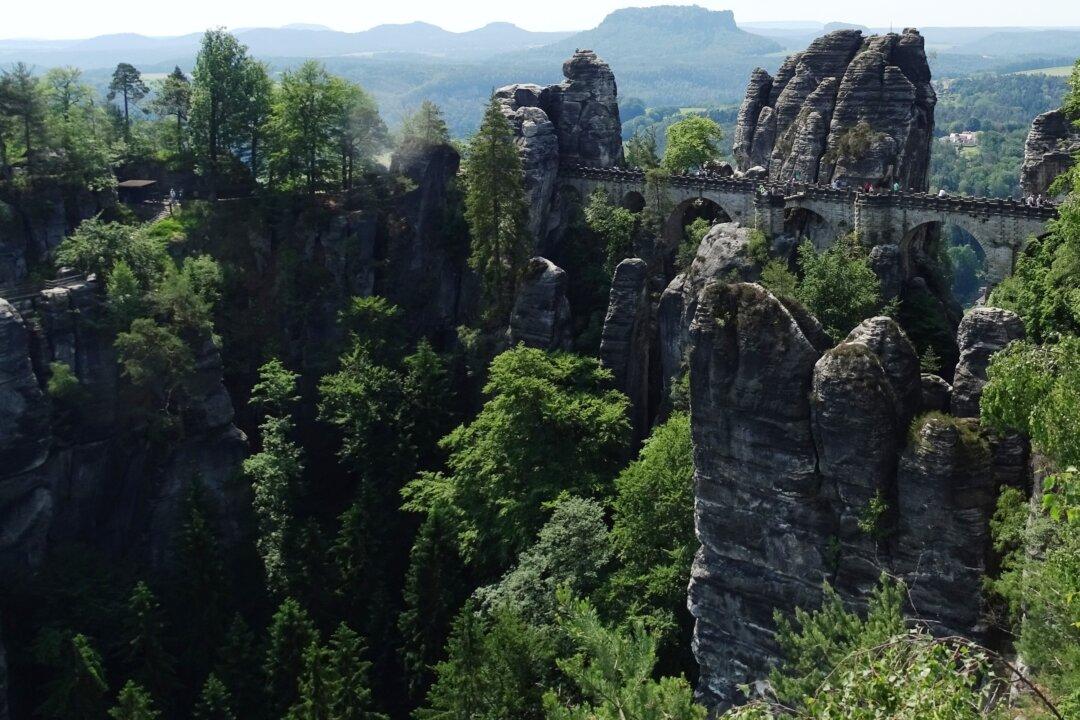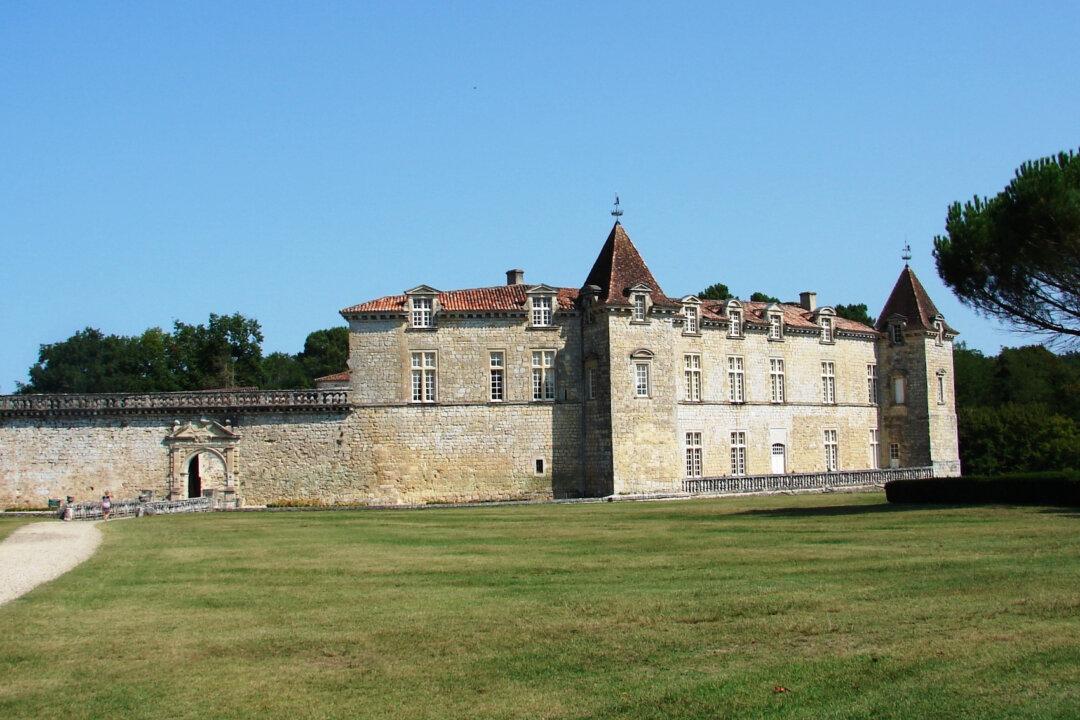Guimarães, settled in the ninth century, was Portugal’s first capital, shortly before the capital city was moved to Coimbra. In addition, as the birthplace of the nation’s first king, Afonso Henriques, Guimarães is often referred to as the birthplace of the Portuguese nation.
An optional tour to Guimarães, located northeast of Porto, was offered as part of my Viking river cruise on Portugal’s Douro River, so I decided to take this four-hour scenic drive and walking tour. Guimarães is well worth the visit; its beautifully preserved labyrinth of medieval streets, half-timbered houses, historic monuments, stunning plazas, and fascinating old buildings made me think that I’d somehow stepped back in time.





